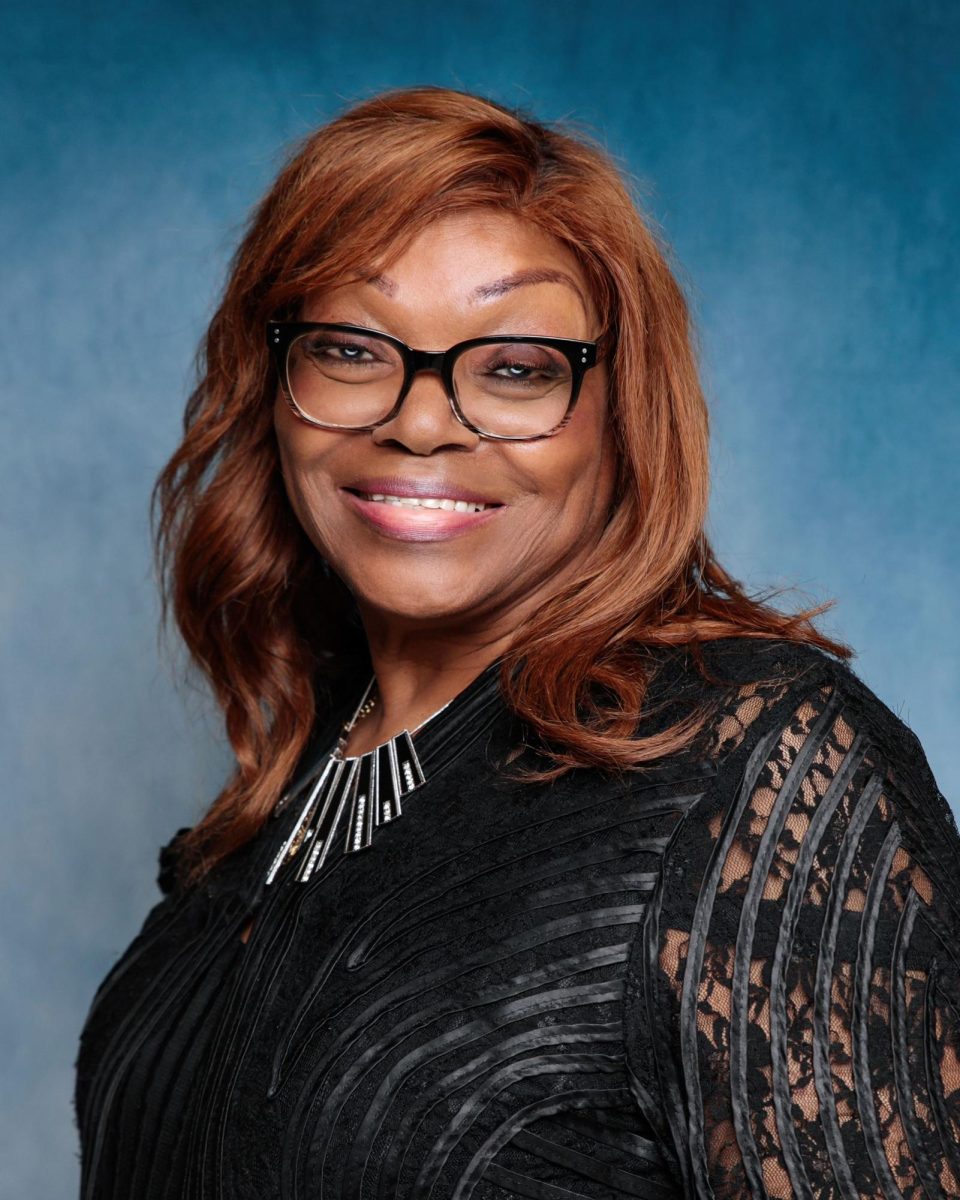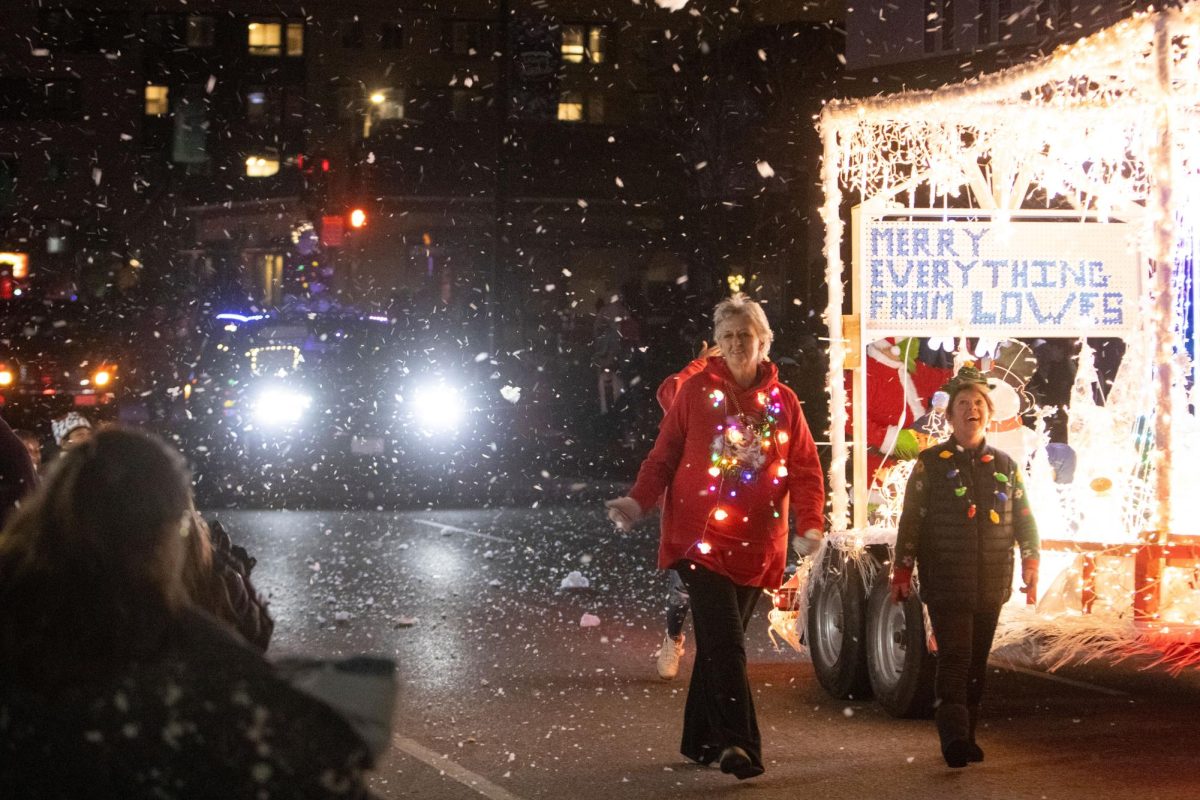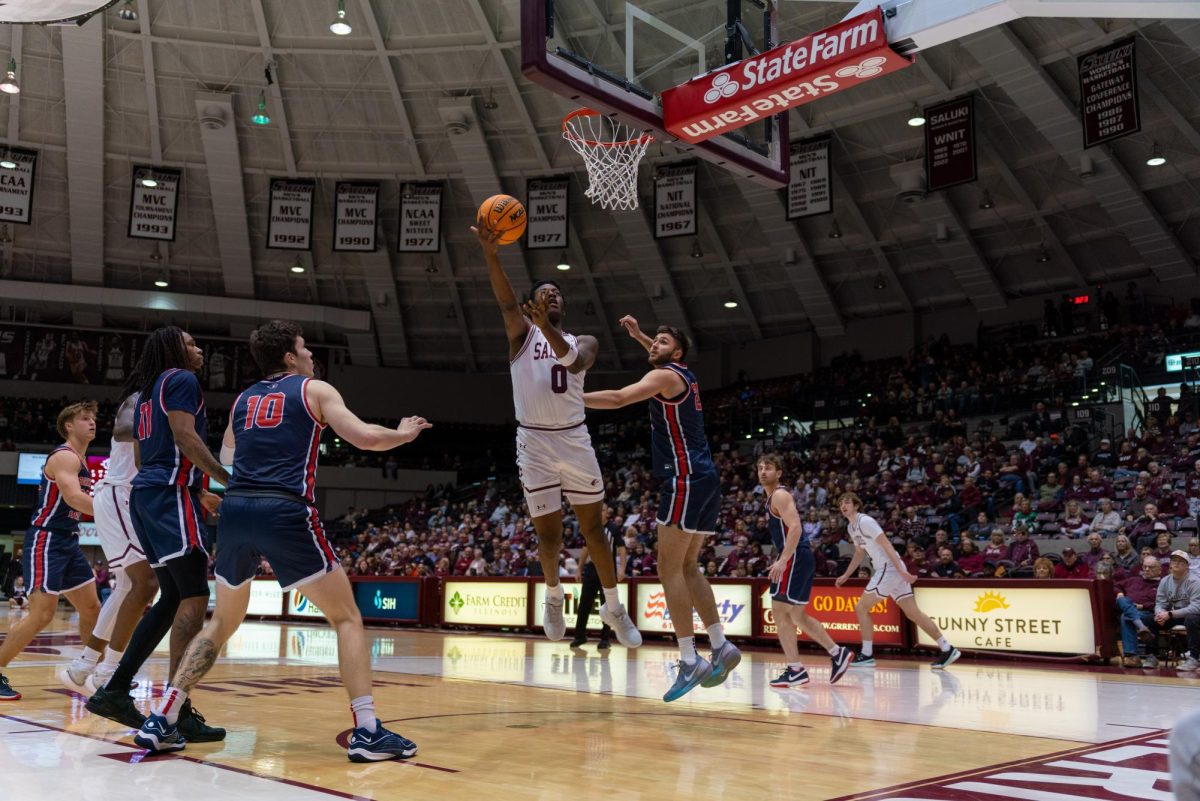Affirmative action at universities in doubt as U.S. Supreme Court hears arguments
December 9, 2015
The future of affirmative action at public universities appeared in some doubt Wednesday as Supreme Court justices debated for a second time whether to strike down a race-based admissions policy at the University of Texas.
It was clear that the court’s conservatives, including Chief Justice John G. Roberts Jr., believe that using affirmative action in admission decisions is unneeded and unconstitutional.
When a university lawyer spoke of the importance of classroom diversity, Roberts asked, “What unique perspective does a minority student bring to a physics class?”
Advertisement
In the past, when the high court has upheld affirmative action, it did so with the understanding that it was a “temporary” measure, the chief justice said. “When do you think your program will be done?” he asked.
The liberals, led by Justice Sonia Sotomayor, spent much of the hour arguing in defense of the university’s policy.
Sotomayor, the court’s first Latina, grew up in the Bronx and said she had benefited from affirmative action when she was admitted to Princeton University.
“I fear something. I do have a worry” that the court is on the verge of shutting down affirmative action at state universities across the nation, she said.
By contrast, Justice Antonin Scalia questioned whether affirmative action truly benefits black students.
“There are some who contend it does not benefit African-Americans to get them into the University of Texas, where they do not do well, as opposed to having them go to a less advanced school, a slower-track school, where they do well,” he said.
Scalia was referring to the so-called “mismatch theory” originally set out by University of California, Los Angeles law professor Richard Sander, which contends that black students sometimes fare badly if they are admitted to a top-tier law school. The same students would have done better had they enrolled in another law school that was somewhat less demanding, the theory holds.
Advertisement*
Scalia said he was not convinced the University of Texas needed more black students. “Maybe it ought to have fewer,” he said. “I don’t think it stands to reason that it’s a good thing for the University of Texas to admit as many blacks as possible.”
Washington attorney Gregory Garre, the lawyer for the university, who served as solicitor general, the government’s top appellate lawyer, under President George W. Bush, said the court had rejected that thinking when it upheld limited use of affirmative action in a case from Michigan in 2003.
“I think what experience shows, at Texas, California and Michigan, that now is not the time and this is not the case to roll back student body diversity in America,” he said.
Justice Anthony M. Kennedy, who almost surely holds the deciding vote, voiced frustration because university lawyers could not quantify in detail what role race plays in Texas in determining which students are admitted.
“We’re just arguing the same case again,” Kennedy said at one point, referring to the fact that the court had heard the same case two years ago and sent it back to a lower court for closer review.
The Texas case is complicated because the state has a law guaranteeing admission to the top 10 percent of students in each of its more than 1,000 high schools based on their grades only, with no consideration to race. Under that policy — which now accounts for about 75 percent of all admissions to the Austin campus — about one-third were Latino or African-American in recent years.
The dispute arose over a supplemental program that currently accounts for the remaining 25 percent of admissions.
A decade ago, when the top-10 percent policy was providing far fewer minority admissions than it is today, the university decided to use race as one of several factors to choose additional freshmen for the class. It’s this policy that was challenged in a lawsuit by Abigail Fisher, a white applicant who was turned down in 2008.
Two years ago, Kennedy wrote an opinion that sent the case back to a lower court to probe whether the university could show that it was “necessary to use race” to achieve diversity on campus.
The justices heard no clear answer to that question during Wednesday’s argument. At one point, Kennedy said he might favor sending the case back for a third hearing in the lower court.
The Texas case looks unlikely to yield a broad ruling for or against affirmative action because of the unique nature of the state’s top-10 percent law.
However, if Kennedy were to endorse that approach as a viable “race-neutral” means to achieve diversity, it might force other top state universities to consider a similar policy.
Since 1978, the high court has been closely split on whether colleges and universities may use race as a factor in deciding who is admitted. That year, in the famous Bakke case, the court struck down a quota at the University of California Medical School, but said in a separate opinion by Justice Lewis Powell that colleges and universities could use a race as a “plus factor” in order to achieve a diverse class of students.
Powell’s short, separate opinion has set the terms of debate ever since.
In 2003, the court was split again. The justices that year struck down a University of Michigan policy that gives extra points to all minority students, but by a 5-4 vote, they upheld a Michigan law school policy that considered race as a plus factor for minority applicants. The majority opinion in that case, by now-retired Justice Sandra Day O’Connor, suggested that the policy might be appropriate for another 25 years or so.
The court’s opinion in that case described the policy it upheld as a “holistic review,” since the school considered the student’s entire record, including his or her race.
Kennedy dissented in that case, however.
In the wake of the 2003 decision, the University of Texas adopted the “holistic review” policy that is at issue now. The state’s top-10 percent law was slowly increasing the numbers of Latino and black students at Austin, but university officials said they needed to give an extra edge to other minority students to achieve diversity on campus.
In particular, they wanted to admit black and Latino students who had very good records at the state’s top performing high schools, but nonetheless failed to graduate in the top 10 percent of their class. They also sought minority students from outside Texas.
The need was apparent, said Garre, the university’s lawyer. If black students made up only about 4 percent of the freshmen class, as would have happened solely with the top-10 percent rule, they faced “glaring racial isolation” on campus, he said.
He argued that the university’s affirmative action policy should be upheld because it was small and carefully targeted — and nearly identical to what the high court had approved in 2003.
Meanwhile, the attorney for Fisher said the policy should be struck down because it was not needed to achieve diversity. The top-10 percent plan had already accomplished that, he said.
The university has not “shown any necessity to use race,” attorney Bert Rein said.
The outcome almost certainly turns on Kennedy’s vote. Because the Obama administration filed an early brief on the university’s side when Elena Kagan was the U.S. solicitor general, now-Justice Kagan sat out the case. If Kennedy votes with the three liberals, the court will be split 4-4, which would affirm the lower court’s ruling although without a majority opinion.
During his long career on the court, Kennedy has never voted to uphold a race-based policy. Still, he has not joined with more conservative justices in a ruling that would flatly forbid affirmative action.
If the court writes an opinion in Fisher vs. University of Texas, it is not likely to be handed down until the late spring.
Advertisement







